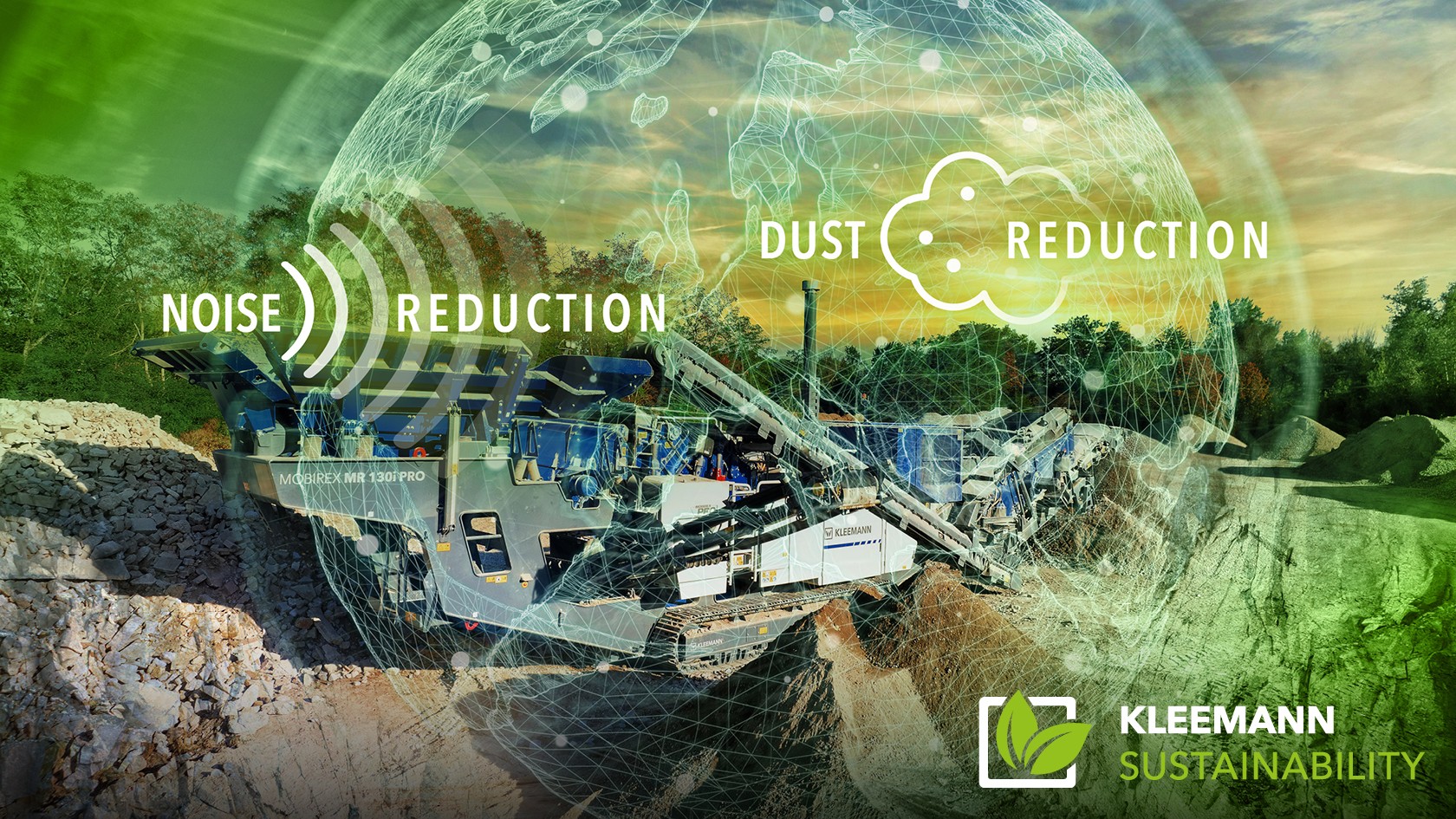

KLEEMANN - a part of the circular flow economy
In Germany, building and demolition waste amounts to more than half of the complete waste volume. Thanks to our mobile crushing and screening plants, even today we can deliver around 90% of mineral building waste for recycling. In this regard, our mobile crushing and screening plants have the advantage that accumulated waste can be crushed at the site without long transport distances, which saves work time, money and resources. In practical terms this means that existing materials are processed and reused at the end of their useful life. They therefore continue to be used productively to generate further value added. As a result, the life cycle of materials is lengthened and, at the same time, waste is reduced to a minimum.
Sustainable building with recycled concrete
Recycled concrete is new concrete produced from old rubble from demolished buildings. The recycling of concrete conserves raw material resources, saves on landfill space for rubble and protects the climate through reduced transport distances. KLEEMANN supplies mobile crushing and screening plants for recycling concrete and other building materials with high throughputs and a very wide variety of application options. Through the use of recycled materials, together with our customers we can conserve natural resources and, at the same time, produce a final product of an equivalent value.
To "The ROCK" articleMaximum mobility thanks to KLEEMANN machines
The use of mobile crushing and screening plants contributes to the reduction of transport distances and associated CO2 emissions. Our plants can be used to crush and screen materials, such as stone, gravel or sand, directly on site without having to transport them to an external plant. Thanks to their high mobility, productivity is maximised and operating costs are reduced - combined with an increase in safety and a lower environmental load. The basic components of the mobile crushers from KLEEMANN are almost the same as with the stationary plants, but with the additional advantage of complete mobility.
The quarry as a living environment
In active and former quarries, in spite of - or thanks to - human intervention, thoughtful and ecologically responsible actions on the part of industry create new living environments for rare plants and animals. Quarries can be organised as living environments that meet the requirements of threatened species. If extraction operation is not too intensive, dynamic (changing) structures can be created that provided natural habitats for pioneer species.